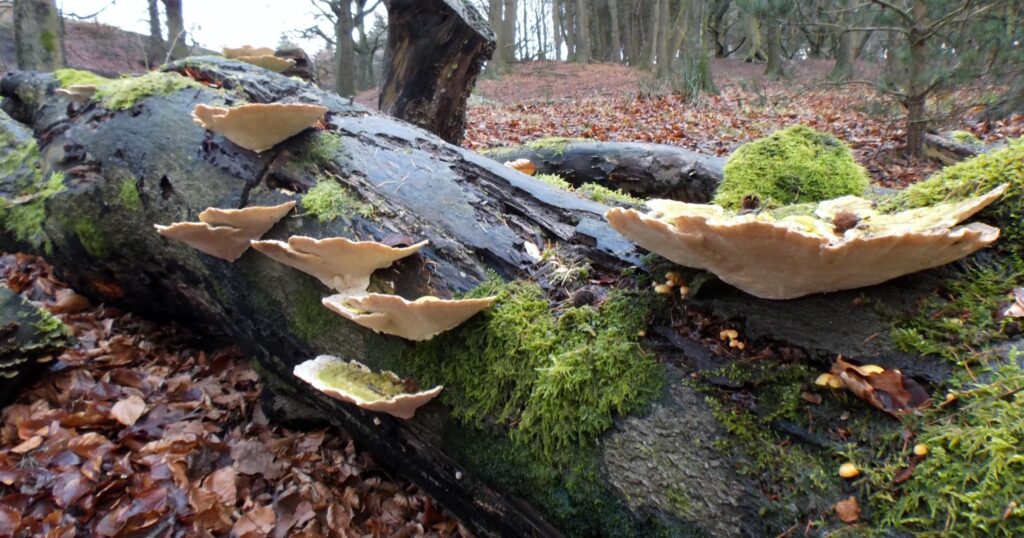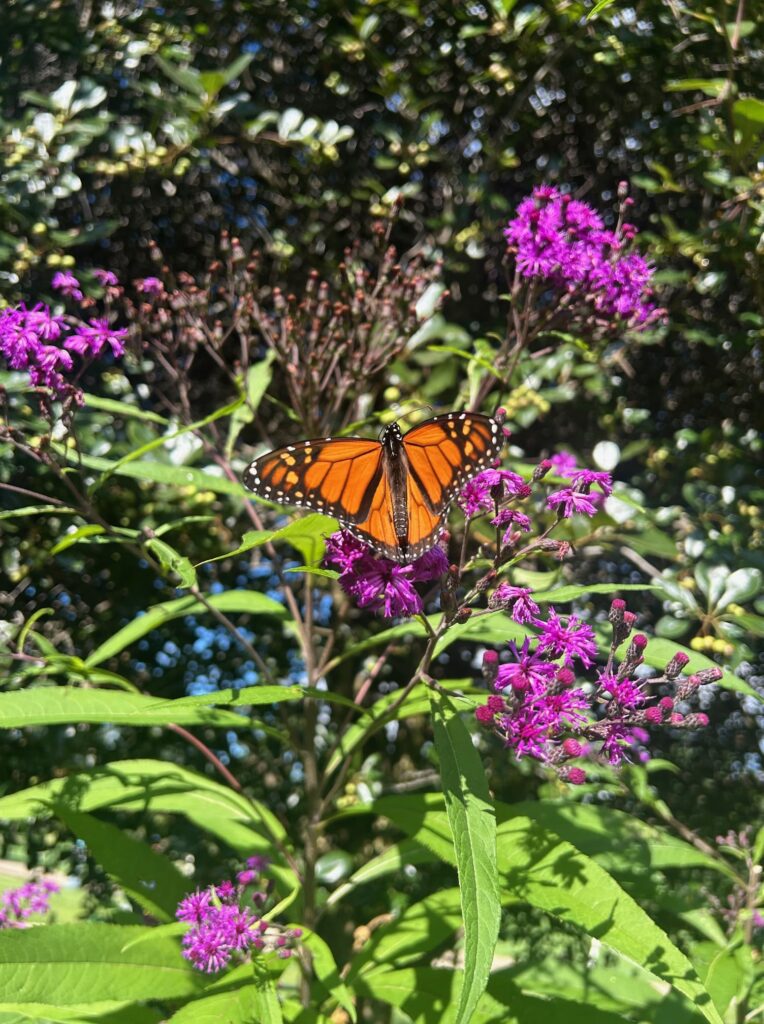Namibia is a country that tends to avoid the headlines. Only twenty years old, having gained independence from then-apartheid South Africa in 1990, and with less than two million people, it is a relatively prosperous and peaceful African nation. Taking its name from the Great Namib Desert, Namibia is the most arid country south of the Sahara. Land use is dominated by cattle and sheep ranching, with diamond mining providing a major source of foreign exchange, as it does in neighbouring Botswana.
Despite its relative global anonymity, Namibia has achieved something truly extraordinary in the realm of conservation, establishing perhaps the most successful track record in Africa. Namibia’s success is based on an iconoclastic approach that runs counter to much of the conventional wisdom about how to conserve wildlife and endangered species.
Despite its rather stark environment, Namibia is home to a rich array of wildlife. The country’s red rock valleys and sand rivers are reminiscent of the American southwest, but Namibia’s are inhabited by black rhinos, desert-dwelling elephants, Hartmann’s mountain zebra, and brown hyenas. What makes Namibia unique in the modern world is that its wildlife populations are generally on the increase, expanding in both size and distribution during the course of the past 30 years. Namibia now has an elephant population of over 15,000 animals, up from about 6,000 in 1990. Black rhinos have more than tripled in Namibia since 1980, from 300 to over 1,100, and Namibia now has about a third of this species’ total wild population. About 20% of the world’s cheetahs are found in Namibia, with nearly all of these cats found on private and communal lands outside state protected areas.
These wildlife population increases are largely a result of the innovative reforms Namibia has undertaken to devolve wildlife management to the local level and enable landholders to capture wildlife’s economic value. In the late 1960’s, Namibia granted private landholders—which at that time meant only the white minority population— legal rights to manage and harvest wild animals on their lands. Subsequently, wildlife numbers on private lands gradually increased, driven by the reality that once ranchers were allowed to utilise wildlife for meat or trophy hunting, they developed economic incentives to invest in wildlife production. The best available estimates suggest that wildlife numbers on privately held ranches in Namibia increased by about 80% from 1970 to 1990, with most of this faunal recovery represented by the more common species of large antelope such as gemsbok, springbok, and greater kudu.
After Namibia gained independence from South Africa, conservationists and policy-makers set about extending this conservation model to the communal lands that comprise over 40% of the country and where most rural Namibians reside. In 1996, Namibia formalised its ‘communal conservancies’ framework through an amendment to national wildlife laws, allowing rural communities to acquire the same rights to manage wildlife that white ranchers had possessed for nearly three decades. Since the first conservancies were certified by the government in 1998, about 50 communities around the country have gained rights to manage and benefit from the wildlife on their land. The latest conservancy progress report issued by the Namibian Association of Community Based Natural Resource Management Support Organisations, states that by the end of 2006 over 14% of Namibia’s total land area—over
118,000 sq. km—is now included in communal conservancies, with more than 220,000 people living in these areas. Conservancy formation has enabled local communities to earn income from wildlife in a number of ways, including hunting animals for meat, granting a concession to a safari hunting company, and starting tourism joint ventures with private operators. The returns from these activities now generate about USD 2.6 million annually, with the wealthiest conservancies earning over USD 100,000. Some, like Torra Conservancy, have paid out annual dividends to their members in addition to investing in development projects like schools and health services. While many community conservation programs around the world only allow local communities to capture a portion of the value of natural resources, a critical aspect of the Namibian approach is that communities that have formed conservancies are legally entitled to 100% of the revenues generated by wildlife utilisation therein.
Wildlife’s increasing economic value at the local level has helped to fuel its recovery in these conservancies, as happened earlier on the private ranches. This recovery, in turn, contributes to Namibia’s booming tourism industry, creating positive feedbacks between increasing wildlife populations, national economic growth, and expanding local incomes.
Namibia’s conservation record stands in marked contrast to other countries in the east and southern Africa regions. Kenya, which has not allowed any hunting for 30 years, has lost about half of its wildlife since 1975. Tanzania, which contains a greater abundance and diversity of large mammals than anywhere else on earth, possesses a vast network of large protected areas, but is still losing wildlife both inside and outside of parks and reserves.
Namibia’s approach challenges the conventional notion that when a species is rare it needs to be placed under strict government protection with all utilisation prevented. Namibia’s philosophy is quite the opposite. Conservationists there contend that when something is rare, it becomes valuable by virtue of its scarcity, and the key to recovering endangered species is to allow sustainable levels of use in order to establish economic incentives for producing more of them. Species that have benefited from this approach include the Hartmann’s mountain zebra, found almost entirely in Namibia, and the black rhino. Indeed, while other countries have concentrated on stopping the trade in rhino horn, Namibia has recently re-introduced strictly controlled trophy hunting of black rhinos as a way to increase this rare species’ income-generating potential, thereby producing revenue and potentially giving local landholders more reason to support conservation. While this move has been controversial, it seems likely to reinforce Namibia’s successful rhino conservation practices and result in both more money for conservation and more rhinos.
In his classic work, The Structure of Scientific Revolutions, Thomas Kuhn describes the importance of anomalies in providing the evolutionary basis for paradigm shifts in scientific knowledge. In the field of wildlife conservation, Namibia is an anomaly, both in terms of its increasing wildlife populations in a world of spreading faunal depletion, and in the decentralised and utilitarian strategies it has used to achieve them.
Beyond its own success, the Namibian anomaly demonstrates how the interests of local communities can be reconciled with global biodiversity concerns in a synergistic way. Whether or not these strategies lead to broader paradigm shifts in the design of conservation strategies in Africa and beyond, only time will tell.
For more information visit: https://www.irdnc.org.na (Integrated Rural Development and Nature Conservation) http ://www.nnf.org .na/index .php (Namibia Nature Foundation) https://www.met.gov.na (Namibian Ministry of Environment and Tourism)
Originally published as:
Fred Nelson. January 26, 2008. https:// the-back-forty.net/2008/01/26/thenamibian- exception





